The Italian Fiat 500 has been an icon vehicle for over 60 years. Since its release in the '50s, the classic Fiat 500 has seen generations of updates. This new take on a classic contains a turbo engine these days, meaning high-performance fuel is ideal for this vehicle. But, specifically, what kind of fuel should you put in the Fiat 500L? We did the research to bring you the answer.
The Fiat 500L takes premium gasoline of 91 or higher. Although some models will consider regular unleaded as an acceptable option, premium gas is recommended over regular.
It can be confusing to understand the importance of premium fuel for your vehicle. Fortunately, we'll provide you with the answers to your questions on what premium fuel is, why your Fiat needs it, and how the Fiat 500 operates on gas mileage. For more insight on fuel and your Fiat 500, keep reading!
About Fiat 500L
The Fiat 500L is the larger model of the original 1957 Fiat 500. This hatchback is known for being spacious, its wide field of view, and being one of Fiat's most green options.
As of the release of the 2020 Fiat 500L model, Fiat has discontinued the 500L in North America. However, these models are still available for purchase through used dealerships and collectors.
The 2020 Fiat 500L model features a 1.4L 4-cylinder turbocharged engine with 160 horsepower. Turbocharged engines allow smaller engines to produce more power and take advantage of the heat put out by the engine to create less waste.
Required Fuel For A Fiat 500L
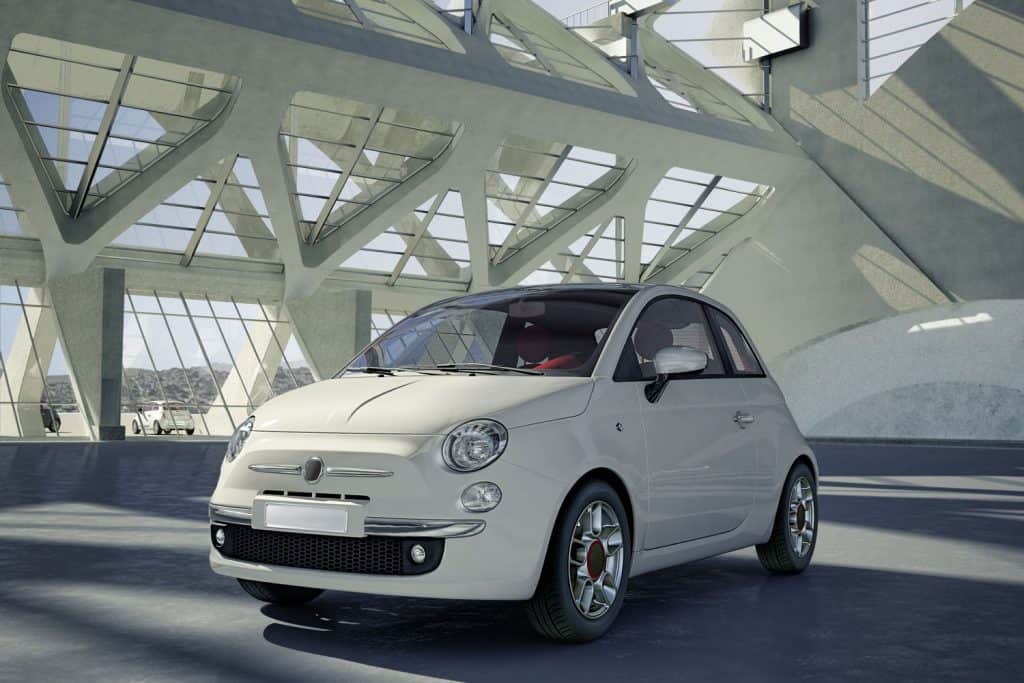
Due to the use of the turbocharged engine, the Fiat 500L requires premium gasoline of 91 octane or higher. With an engine that creates a high amount of heat, it needs slower burning fuel, creating less frequent combustions.
Putting premium gas into your Fiat 500L will ensure you get the best performance out of your engine. It will also help maintain your engine longer and get you the best fuel efficiency for your vehicle.
Although most Fiats will recommend premium fuel for their engines, some models state in the owner's manual that 87, or regular unleaded fuel, is acceptable for the engine. This is information you need to know and shouldn't guess about.
Checking with the dealership you purchase your vehicle from or the owner's manual will provide you the most accurate information on this. Fiats have high-performance engines, and although it is more costly, premium cars call for premium fuel.
Additives
Fuel additives are added to your vehicle to either enhance engine performance or clean the engine.
There are a plethora of additives on the market, some making boisterous claims of dramatically increasing gas mileage. While some products have to be taken with a grain of salt, caring for your engine is a must.
A popular choice for Fiat owners is Lucas brand products for flue injections and oil enhancers.
Click here to see more on Amazon.
When deciding if you want to put additives into your gas tank, always start with the owner's manual first.
Some Fiat models recommend not putting additives as each product can't be regulated by Fiat and therefore allow them to inform you if the product is good for your car.
Read more: Do Fuel Injector Cleaners Really Work?
Is a Fiat 500 good on fuel?
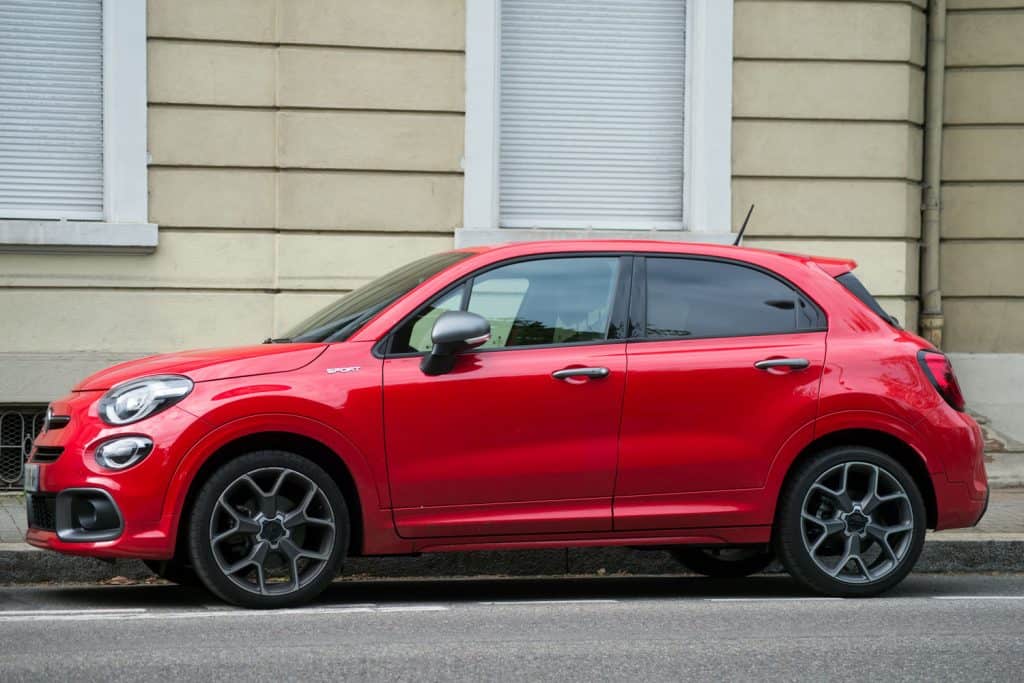
Determining if a vehicle is good on fuel comes down to averages and what you are looking for. Generally, cars that are good on fuel will typically have around 30 mpg fuel economy.
Vehicles that are exceptional on gas, such as a Prius, can get upwards of 60 mpg. Anything below 20 mpg will not be the best option when searching for a vehicle with acceptable fuel economy.
The 2020 Fiat 500 is considered to have good gas mileage with 22 mpg city and 30 mpg highway, a combined city/highway mileage of 25 mpg. This is a decent average to have when finding a car to drive regularly.
However, cars like the 2021 Honda Accord XL get a combined 41 mpg. If you regularly drive long distances, this may be a more affordable option, especially considering that the Fiat 500 takes premium fuel, which is more costly than regular unleaded.
Although the Fiat is technically good on fuel, weighing the amount of driving with the higher price of premium gasoline will have to be a personal decision on whether or not you find that price increase and fuel economy justifiable.
How many gallons of gas does a Fiat 500 hold?
The Fiat 500 holds 10.5 gallons of fuel. Based on the fuel economy of the 2019 Fiat 500, the driving range would fall between 290-340 miles per full tank of gas.
Fiat 500L Alternatives
Although North America has discontinued a number of the Fiat 500 models, there are still other models on the market globally, at used dealerships, and available for a new purchase. Here are the alternatives for the 500L and the fuel each requires.
Fiat 500X
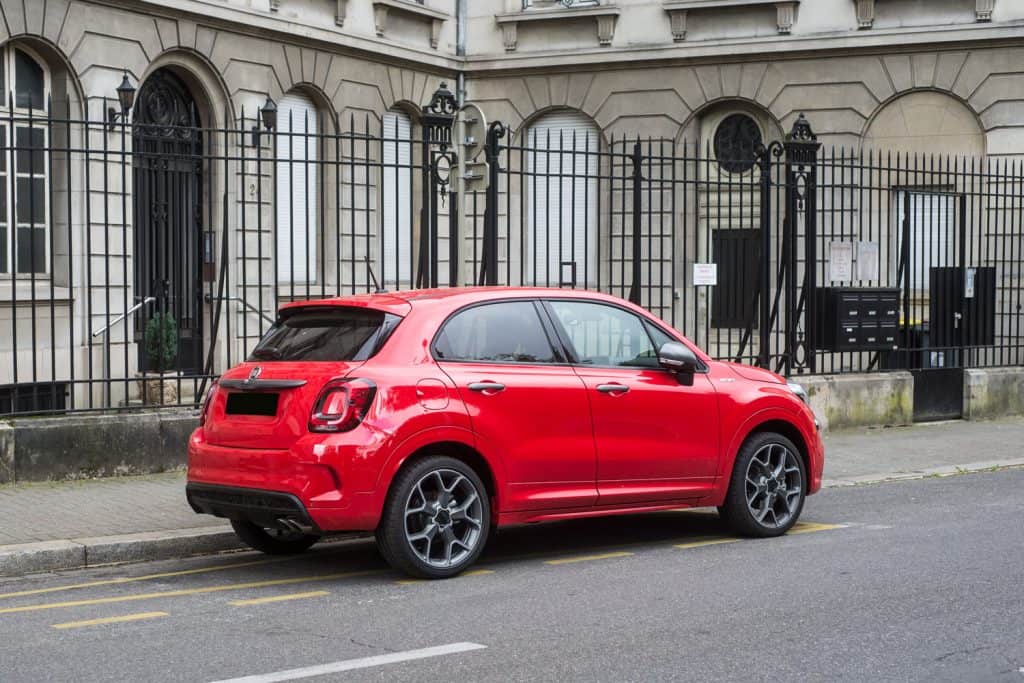
The 2021 Fiat 500X Pop and Sport editions are the athletic counterpart to the 500L. They are well-equipped to handle the toughest road conditions. For a similar upgrade, this all-wheel-drive hatchback is a great option for the discontinued model.
The 500X features traction control, three driving modes for different road conditions, and top-notch front and rear suspension for comfort on the bumpiest drives.
Like the 500L, the 500X Pop and 500X Sport require premium unleaded fuel. These Fiats have 1.3 liter 4-cylinder turbo engines, putting them in the same boat as the 500L counterpart. Premium fuel will keep the engine running to the best of its ability and maintain itself longer than regular unleaded.
Mini Cooper
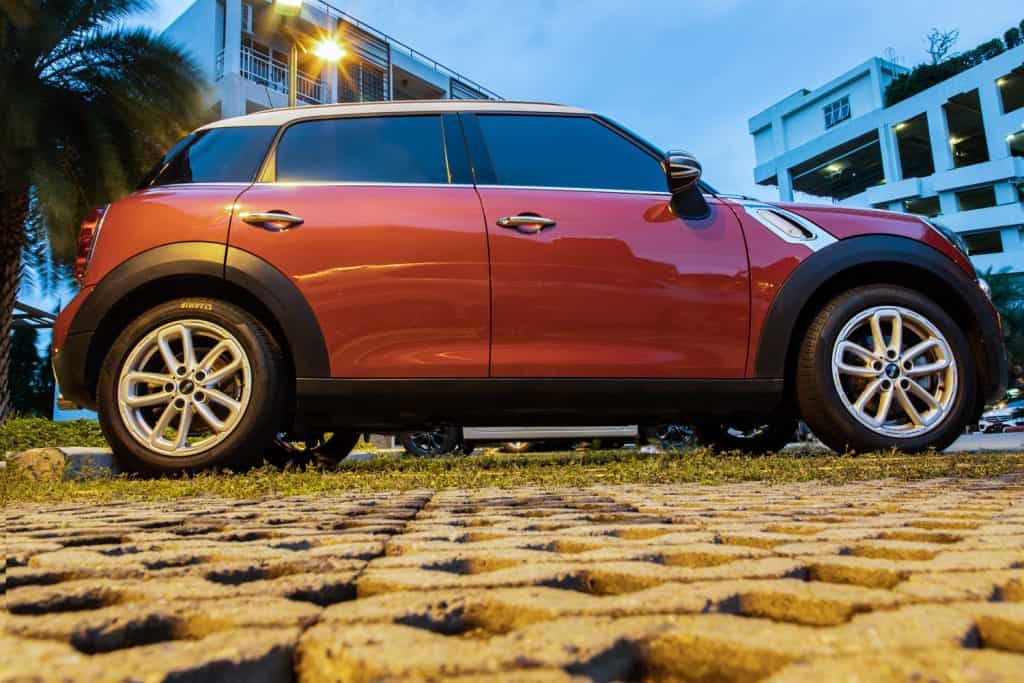
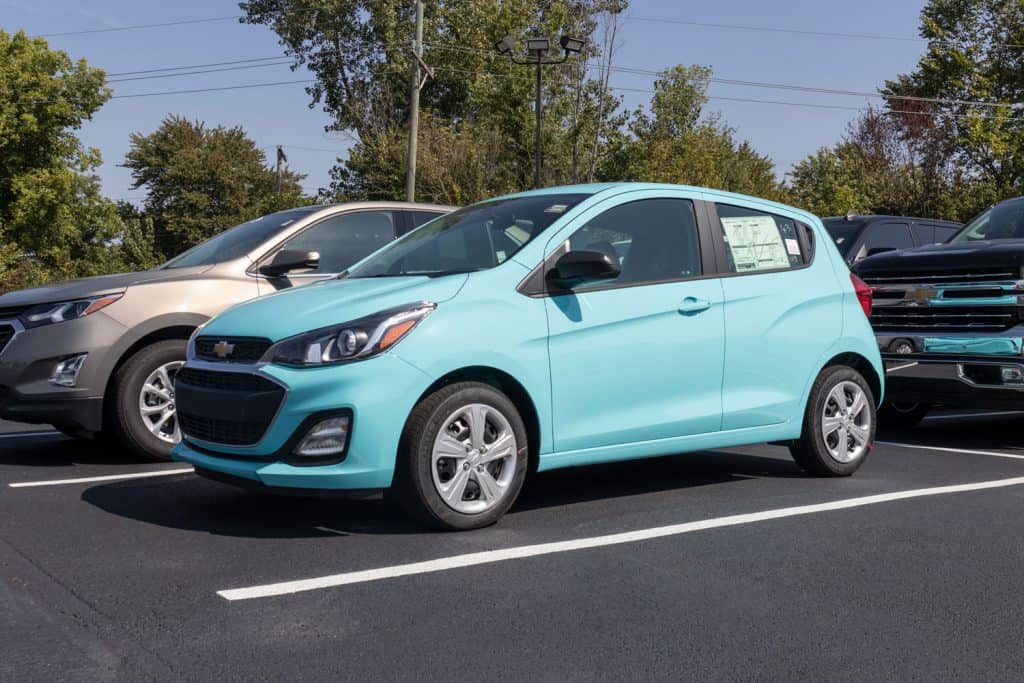
The hardtop 4-door Mini Cooper is a comparable subcompact car to the Fiat 500. Its look is more updated than the Fiat, which builds around the classic frame from the 1950s model.
Like the Fiat, it does have a turbo engine; however, it has a 1.5-liter TwinPower Turbo 3-cylinder engine.
The Mini Cooper also uses premium gasoline and gets around the same combined fuel economy with 31 mpg. So for a similar luxury vehicle that is still sold in the US, this is a logical alternative to the 500.
Chevy Spark

A Chevy Spark is a comparable vehicle to the Fiat 500L if you are looking for an American-made and cost-efficient alternative.
The Spark features a 1.4-liter ECOTEC 4-cylinder engine and has a combined fuel economy of 33 mpg. Since the Chevy Spark doesn't use a turbo engine, it runs on regular unleaded fuel, making filling up your tank cheaper.
What type of gas is 93?
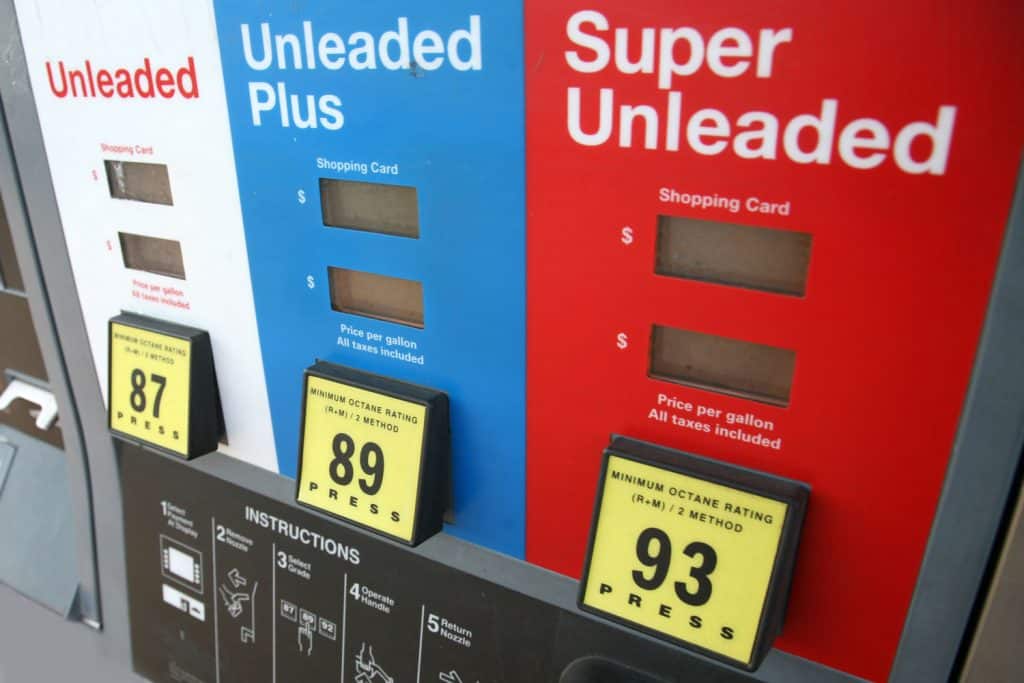
Ninty-three gas is premium fuel. This can also be labeled as "ultra" or "super-premium" and is the most common octane rating of premium gasoline in the United States, along with 91 octanes.
Cars that require premium fuel tend to be luxury vehicles. To determine what fuel your vehicle needs, you can check in two places—the owner's manual or the label inside of the gas tank door.
It's important to check for this information before you first gas up your vehicle, even if you feel your vehicle must take regular gasoline.
Not only can using the wrong recommended fuel for your vehicle make the engine wear out faster, but it will also void any warranty you have on the engine for repairs.
Does premium gas give better mileage?
Unfortunately, paying for premium gasoline will not give you better miles per gallon for your car.
Companies put additives into fuel to make it burn more slowly in high-performance engines. Additives like ethanol will decrease the miles per gallon, while other additives will increase your car's mileage performance.
Ultimately, there may be the slightest increase in mileage, but chances are it won't be noticeable.
There is a better chance of improving gas mileage by using the same fuel level from a different company, as the difference comes from the company's additives and not the gas itself.
What happens if I use regular gas instead of premium?
Before answering this question, it's important to understand the difference between regular and premium gas. Gas is labeled according to octane ratings. Regular gas is 87 octane, while premium gas is generally 91 or 93 octane.
Higher octane ratings mean the fuel is more stable to prevent engine knocking. Engine knocking is when fuel burns unevenly and creates small combustion that occurs at the wrong time.
Octane creates a balance of air and fuel that helps pockets of fuel burn in small pockets rather than all at once.
When you use premium gasoline over regular, you are using a fuel that has a higher resistance to engine knocking, helping to keep your engine clean and in working order for a longer time.
If you find yourself in a situation where you require gas but don't have access to premium fuel, adding regular gas to your tank is fine.
There will be little if any short-term damage to your engine. Long-term, the unstable engine knocking can cause damage to valves, spark plugs, and pistons.
You're most likely completely safe to use regular fuel in your Fiat when you have to. But to keep your engine in top working order, using the suggested premium fuel will keep your car in the best working order.
In Closing
The Fiat 500L requires premium fuel for its turbo engine. Sticking with this fuel is going to ensure your engine is running optimally and your warranty stays intact.
Still, when you're in a bind, adding regular gasoline to your premium recommended Fiat is going to get you where you need to go without much damage to your vehicle.
Just remember, premium gasoline is recommended to help the fuel burn more evenly and prevent early combustion. If it's recommended, chances are it's better for your engine in the long run.
Looking for more information on which vehicles need premium gasoline? Check out these posts to see what gas type is ideal for Audis and GMCs:

